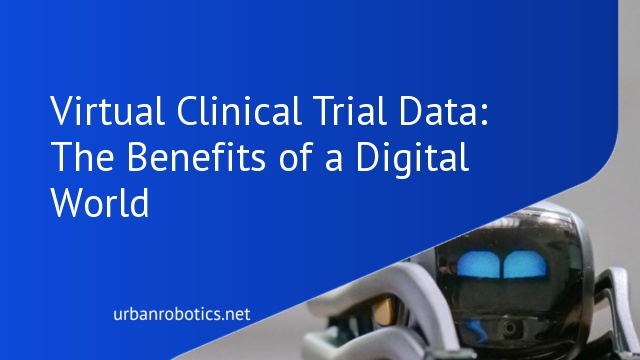Clinical trials have begun evolving from the old-school model of achieving results to more modern and real-time methods of data collection. The digital health technologies involved are leading toward a more remote monitoring system for studies and trials. The covid-19 pandemic made it difficult for patients to perform site visits.
This led to clinical research institutions developing more virtual trials to reach their enrolled patients. A Virtual Clinical Trial Data allows the use of digital tools to access patients. It also positions the organization in a better position to get higher patient recruitment figures through systems such as social media.
How do Virtual Clinical Trials work?
Digital health monitoring involves the use of health-based technologies such as wearables designed for medical use as well as an existing system to reach, enroll, monitor, and access patients. The clinical trials market has seen a significant drop in enrollments as many covid-19 patients could not leave the house. After the pandemic, social interactions and face-to-face meetings have also seen a decline in engagements. As many services move to a more online method of delivery, clinical trial solutions have to need to embrace digital technologies.
The clinical trial industry gets larger access to patients through social media in a digital recruitment run. This boosts the enrollment of new patients. With existing technologies, patients can sign digital online consent forms and get trial medication sent to them through package delivery. It is a safer easier and faster method of accessing a wider patient pool in the real world.
Patient experience is also improved as they are comfortable in their environment. Having a competent support team that is accessible around the clock to offer assistance greatly improves the retention rate of patients to the study. This will also affect any future trials to be conducted.
Benefits of Virtual Clinical Trials
The benefits of a digital world have been immense, especially during and after the pandemic. Many essential services have seen the migration to a digital framework and do not need physical monitoring. Access to information has been further simplified and communication has become mostly an online affair. Conferencing through Zoom makes it easier to communicate and work from different locales. For clinical trials, it has become an even more powerful problem solver.
Cost Saving
Clinical trial firms’ greatest and foremost concern is staying within the cost cap or even reducing it by a few thousand dollars. NDS. It is not cheap to develop, especially during the trial period. Keeping costs low was a key factor in drug success or failure. Site visits especially meant patients would ask for higher compensation to facilitate this and thus meant access to a smaller pool of patients closer to the clinic. Digital migration has removed this completely with study activities being conducted online from recruitment to results and data collection cutting costs immensely.
Safety and Compliance
All patients feel safer and more comfortable at home. This is especially true when testing drugs with more severe side effects. Keeping patients in the surroundings they are used to and reducing the stress of constant travel for site visits can produce better data for study activities. In their homes, certain rules and regulations are more likely to be followed by patients.
Data collection online means the patient can record the data immediately, side effects can be detected and dealt with sooner and any changes don’t require site visits. The use of medical wearables has been a game changer with data collection being automated and any changes being recorded automatically.
Technology and Data
The advent of medical devices that operate through the internet of things has greatly reduced errors and also increased data quality. Technology advancements and novel study designs allow participants to sign up for remote monitoring. The researchers get real-world data that is not changed or affected by other factors such as travel or stress from a room full of doctors and machines. Site-based studies contain a lot of paperwork and the study team would have extra work arranging and organizing patient details for results and data collection.
Digital technology has transformed the space and brought greater advantages to drug development.





